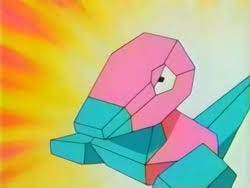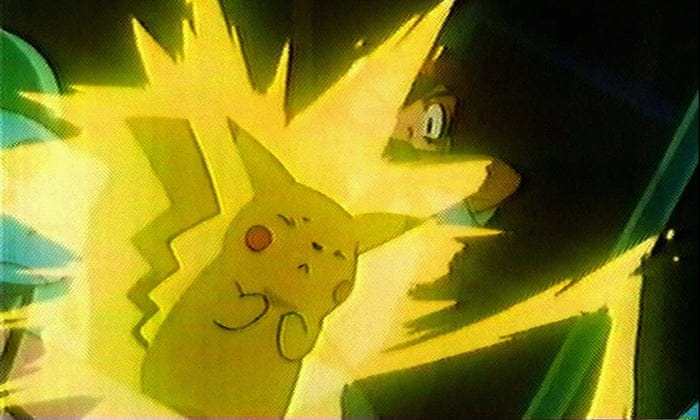A quickie contextual note for y’all. I’ve mentioned it a couple of times on this Substack already, but in case you’re coming in late, I started having seizures in late December of 2024. As a matter of fact, I suffered another on March 1st. Since I was still pretty fucked up by the first round of attacks, and since the neurologist told me I can’t smoke weed until they figure out what’s going on (especially since they’ve got me on medication now), I’ve been at a real emotional low recently.
Yet writing’s the thing that always helps, and over the past few days I’ve been working overtime to get my feelings about these attacks on paper. The essay I’m working on is a fragmented sprawler, a style that I absolutely love, and I’ve decided to drop you in on Part 6 because a) this essay is written in a decidedly modular style, and b) it’s only the second part of this piece where I really feel like I’m writing it with my feet under me. The first, incidentally, pertained to Joy Division, and specifically Ian Curtis’ onstage dancing; I’m quite happy with that one as well, and will put it up in the future. Still, my most recent post was that Substance review, and I’m already stuck in enough of a rut without posting about the same band over and over. Plus I’ve never written about Pokémon before, so let’s jump in.
Late ’90s American playground lore told of three Pokémon episodes that never reached our shores. One featured fake boobs and a child beauty pageant; in another, a game warden pulled a Dirty Harry-ass magnum on our hero Ash, who is notably ten years old. Most relevant to our purposes is “Electric Soldier Porygon.” Unlike the other two, this one resembles a more typical Pokémon adventure. My fellow millennials might recall the standard beats; whichever Pokémon Nintendo wanted to slap on t-shirts and lunchboxes that week finds itself in the clutches of the notorious Poké-thieves Team Rocket, and only our preadolescent heroes and their ragtag crew of extra-merchandisable critters can save the day.
If I sound awfully cynical about the whole franchise, please understand that I’ve loved it since childhood, and am admittedly a little uncomfortable with just how fucking good it is at pushing my nostalgia-buttons. Folks, I am a big ol’ nerd for Pokémon. I’ve been so since the late ’90s. I’ve still got an old Nintendo 3DS, and it’s entirely because I’ll go through phases where I play Pokémon SoulSilver (a remake of Silver, the defining video game of my childhood) nonstop. It’s hard for me to coherently articulate the comfort and joy this franchise gives me, and seeing as it’s such a commercial juggernaut, and that I have mostly negative feelings about our corporate overlords, I feel a little weird about that.

In my post-seizure existence, there’s a dark irony embedded into my love of Pokémon, and it hinges on good old “Electric Soldier Porygon.” In its climax, the franchise’s mascot, the electricity-powered mouse Pikachu, blows up incoming missiles with his signature blast of lightning. Even if you weren’t a Pokémon fanatic, you can probably imagine the run-up for yourself. The little dude balances on his bolt-shaped tail, and static electricity blasts out of his crimson cheeks, and he gets his game face on, and he shouts “Pi-KA!” and the big zap comes in.
Usually those lightning blasts end in good news. Nothing like a little electricity to save the day, right? Well not so fast there, because as you might remember, it’s excessive electrical activity that causes seizures. The missiles’ explosions were accompanied by roughly six seconds of red-blue strobes, which came on so fast and so bright and so intense that roughly seven hundred people across Japan suffered seizures. The vast majority were preteens and teenagers, though the oldest victim was 58. The phenomenon became known as “Pokémon Shock,” and it made headlines across the world.
Little wonder that “Electric Soldier Porygon” was the main focus of those playground rumors, the magnums and fake boobs of the other two episodes mere sideshows compared to the plain fact that Pokémon sent people to the hospital. We were awfully callous about it, at once bewildered and amused that a Saturday morning cartoon could inspire such violent reactions in its viewers. I had a friend who I used to watch Pokémon with, and whenever anything particularly intense occurred – intense, of course, by the show’s standards, which usually meant a contained explosion or a little cartoon violence – we’d twitch on his living room floor, gibber and drool, naturally laughing the whole time. Neither of us had any idea what seizures were until we learned of the episode, and they became a big ol’ joke to us, at least up until his mother set us straight by refusing us further access to the TV until we dropped the joke. Which we did, but only when she wasn’t around.
Kids can be cruel. That’s not news to anyone. Yet kids also find the world huge and frightening. There’s just so much you don’t understand at that age, and sometimes laughter’s the only way you can think of to get through a particular issue. I can’t speak for my friend, but I learned what seizures were through the lens of the episode and the incident. And it scared me shitless, the thought that one minute I could’ve been watching Pokémon, and the next I could’ve been seizing on the floor, body and brain alike outside of my control. If somebody told my eight-year-old-self that I’d seize on my cousin’s couch 25 years down the road, who knows what I would’ve made of everyone’s favorite virtual critters. Would my enthusiasm curdled into fear, even disgust? Or would I have clung all the tighter, as a means of managing my fear?






